Chalkboards to Chatbots
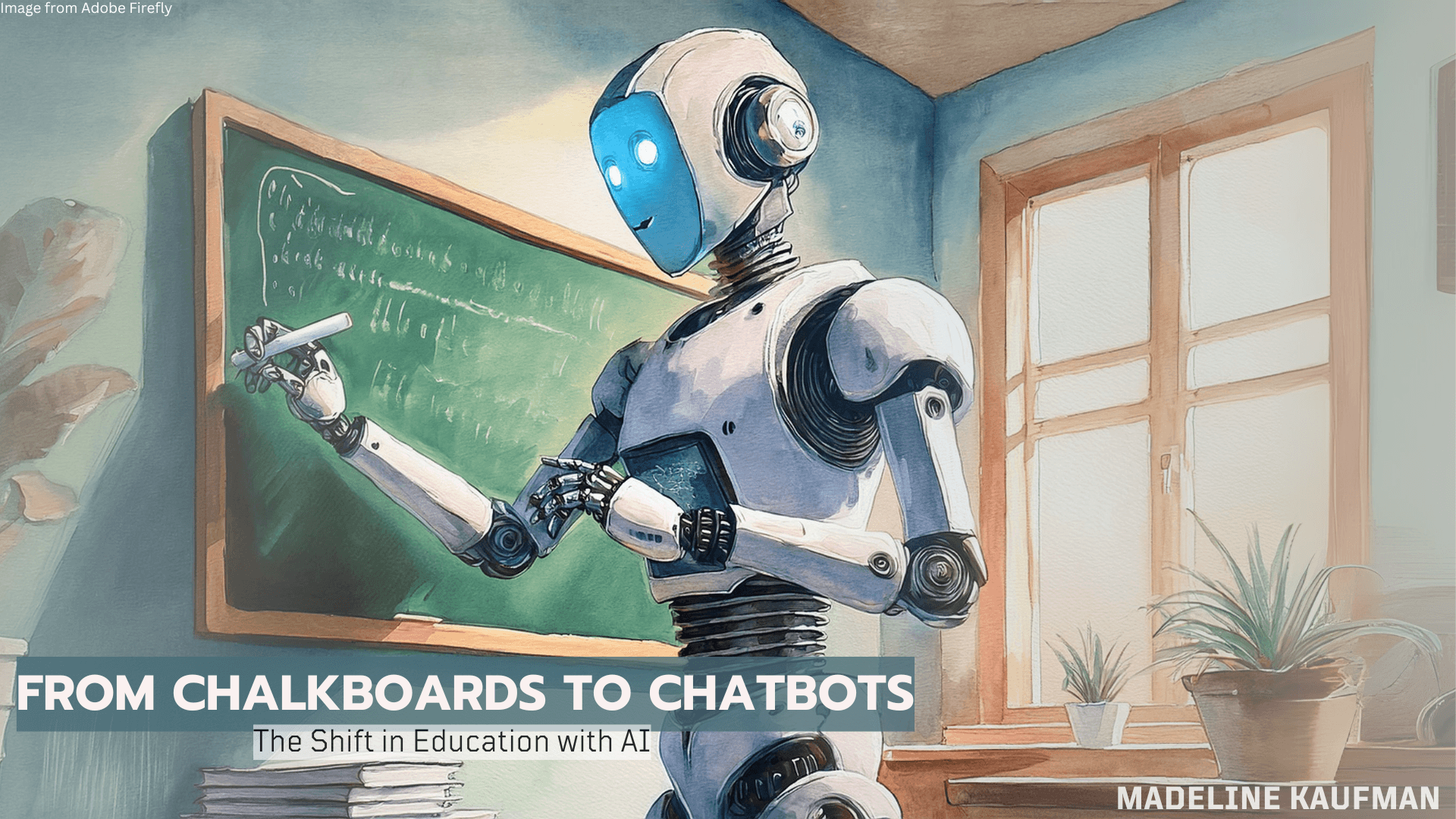
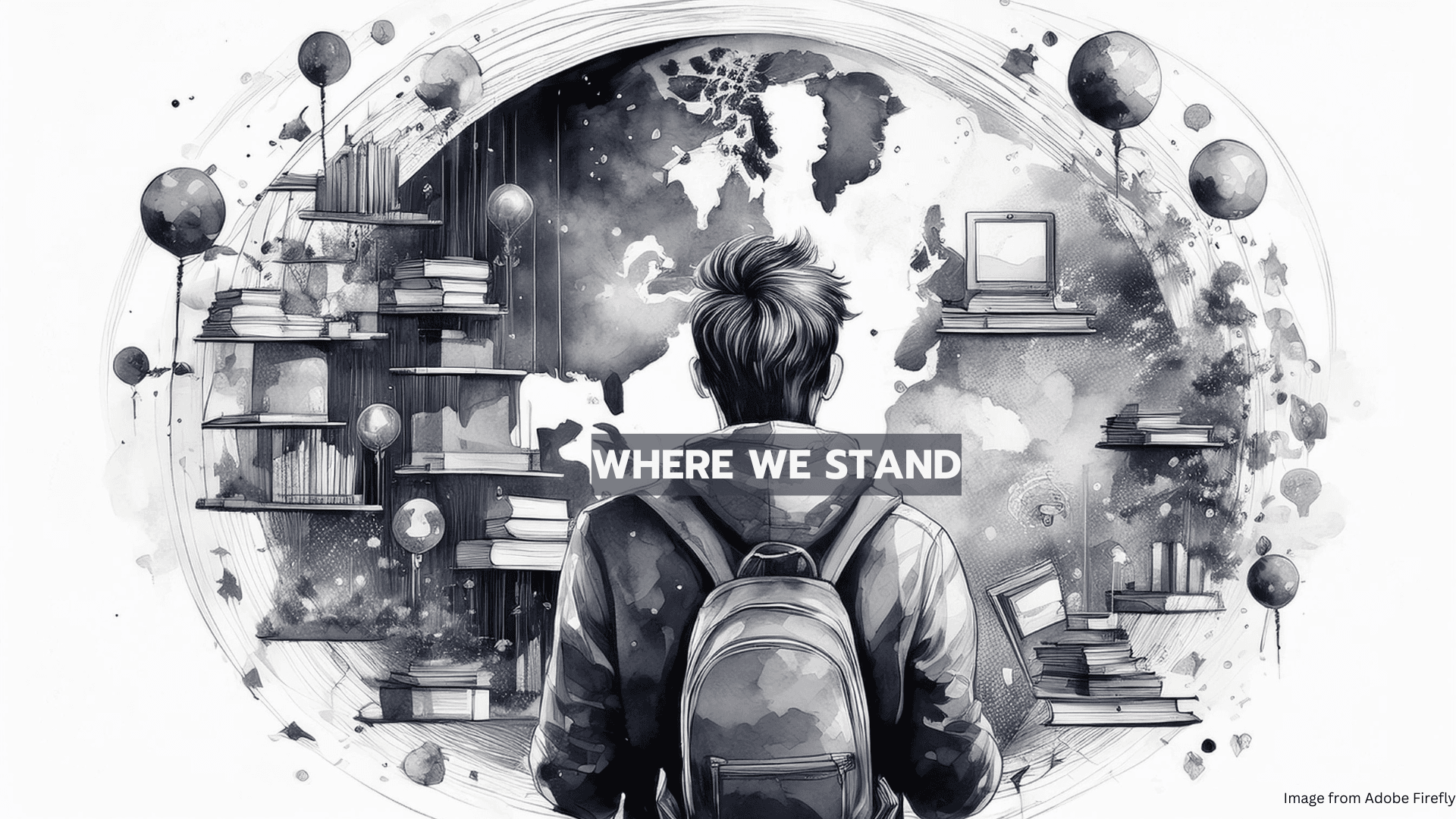
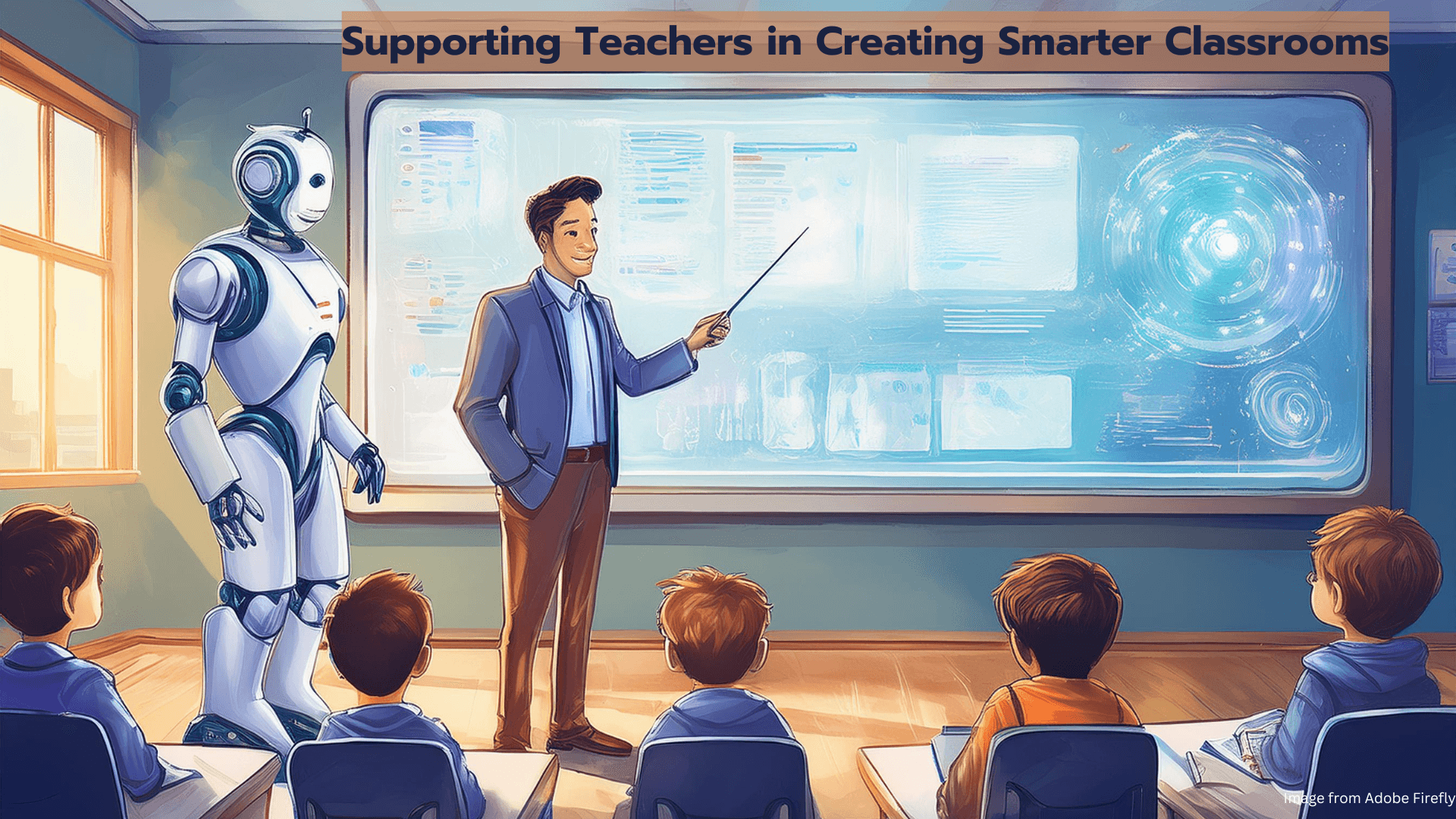
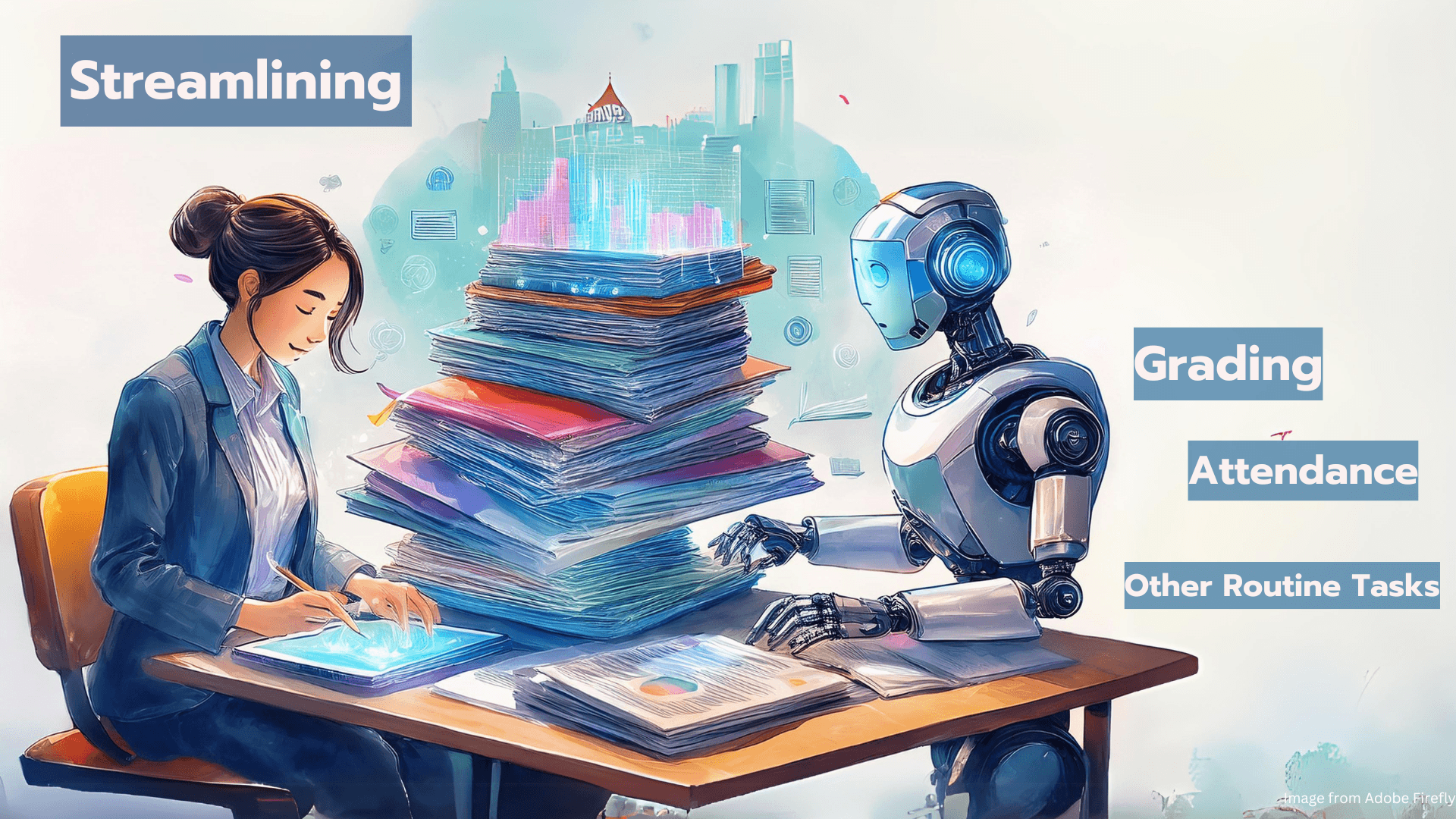
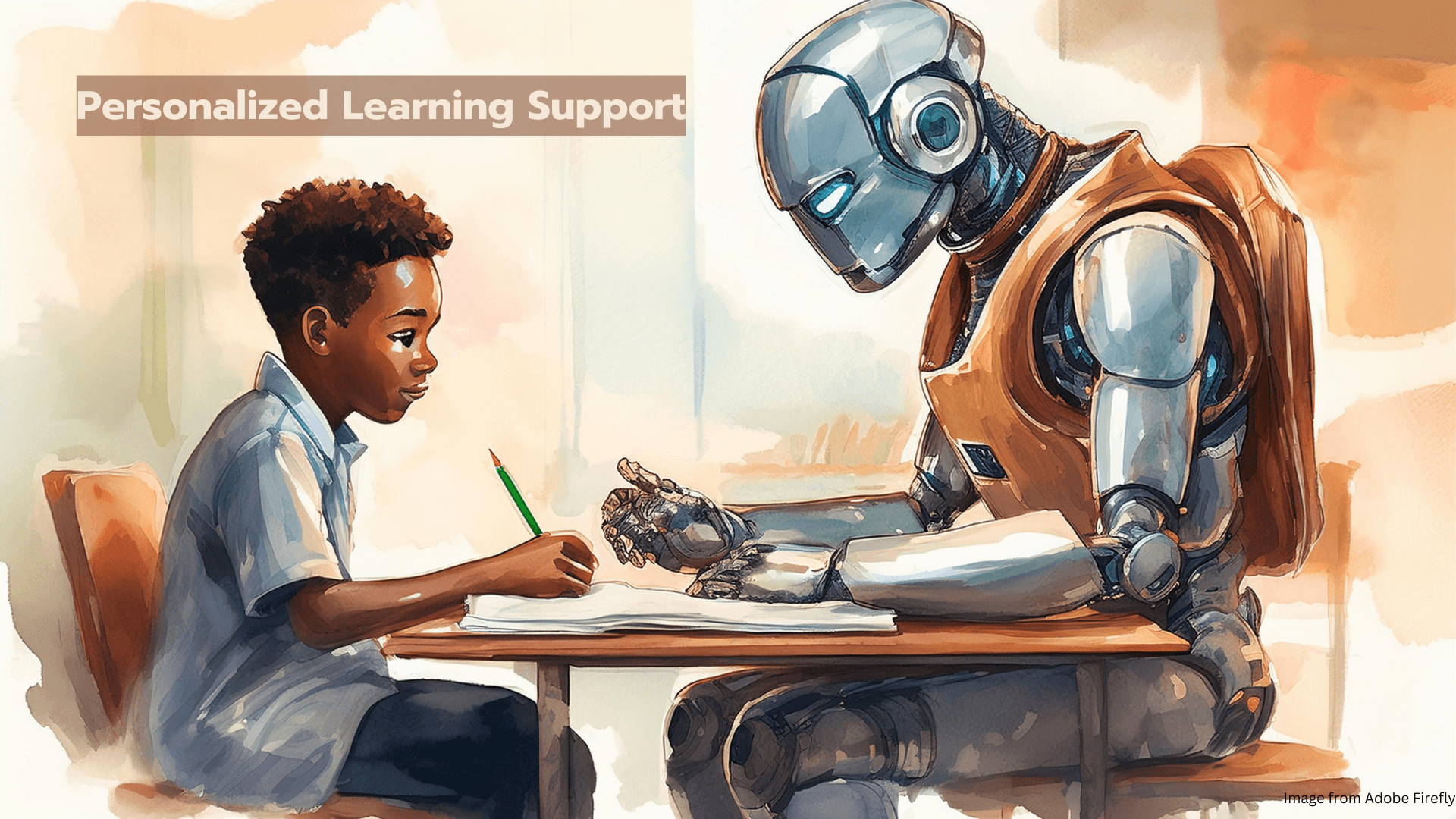
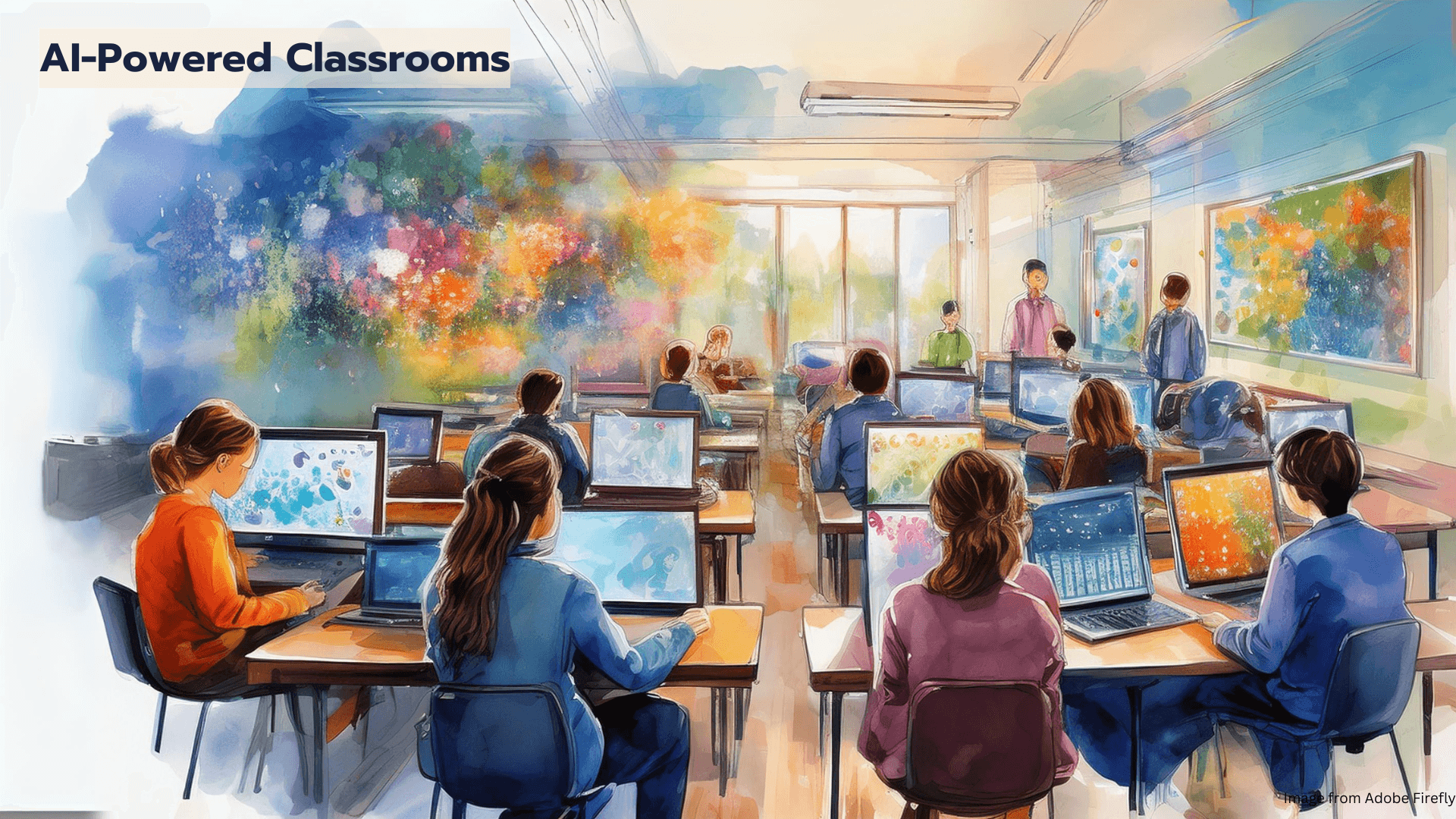
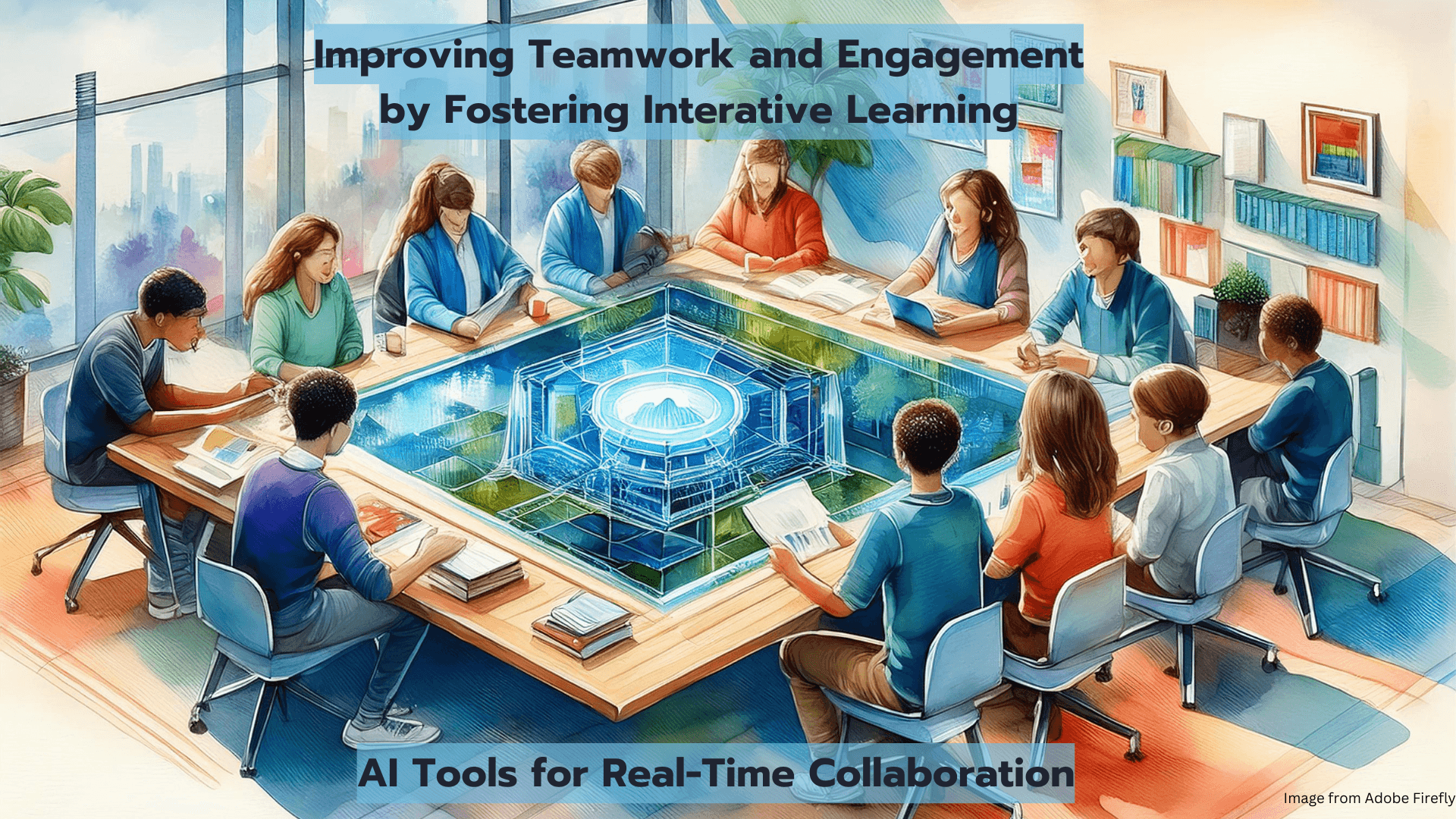
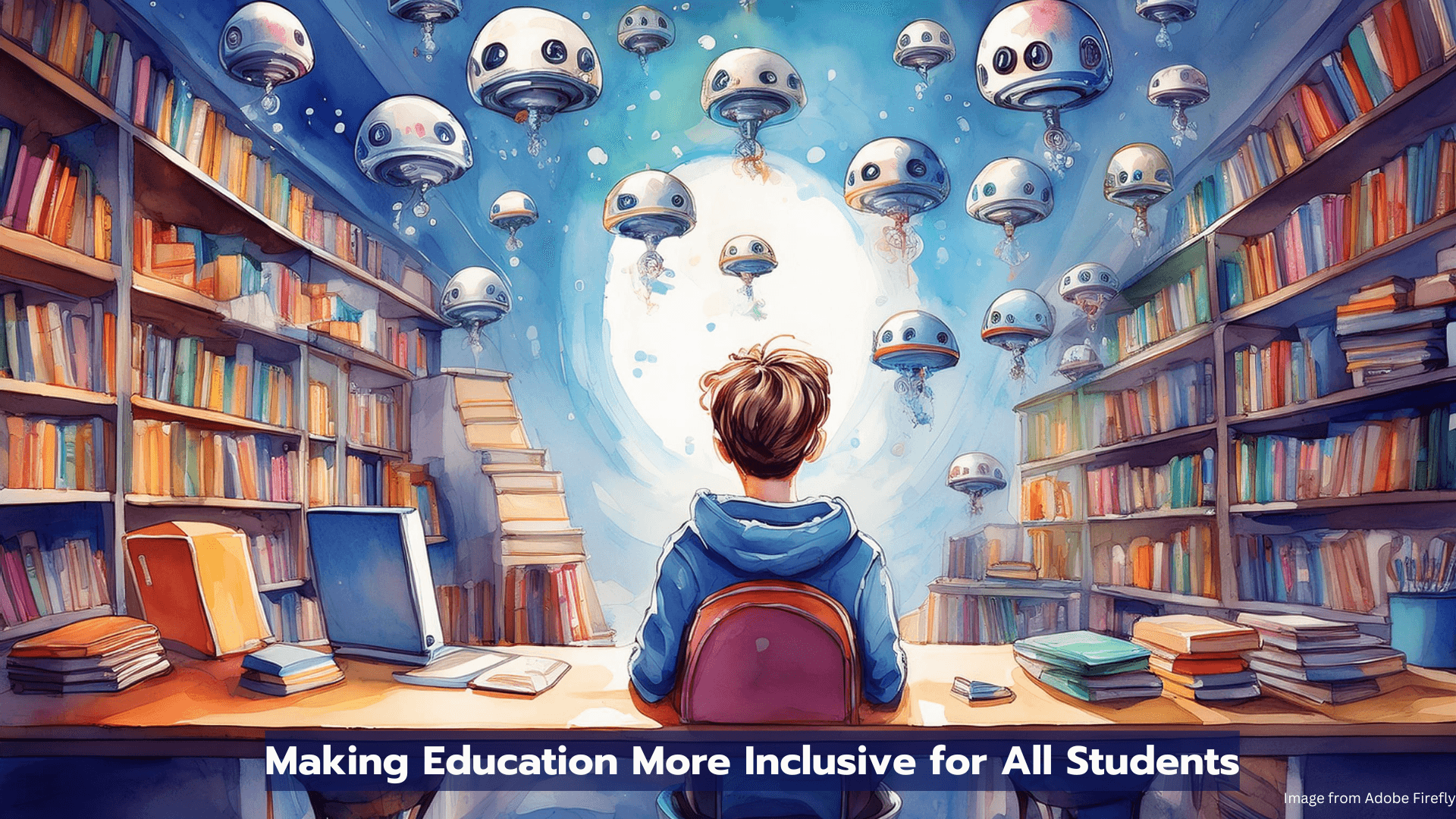
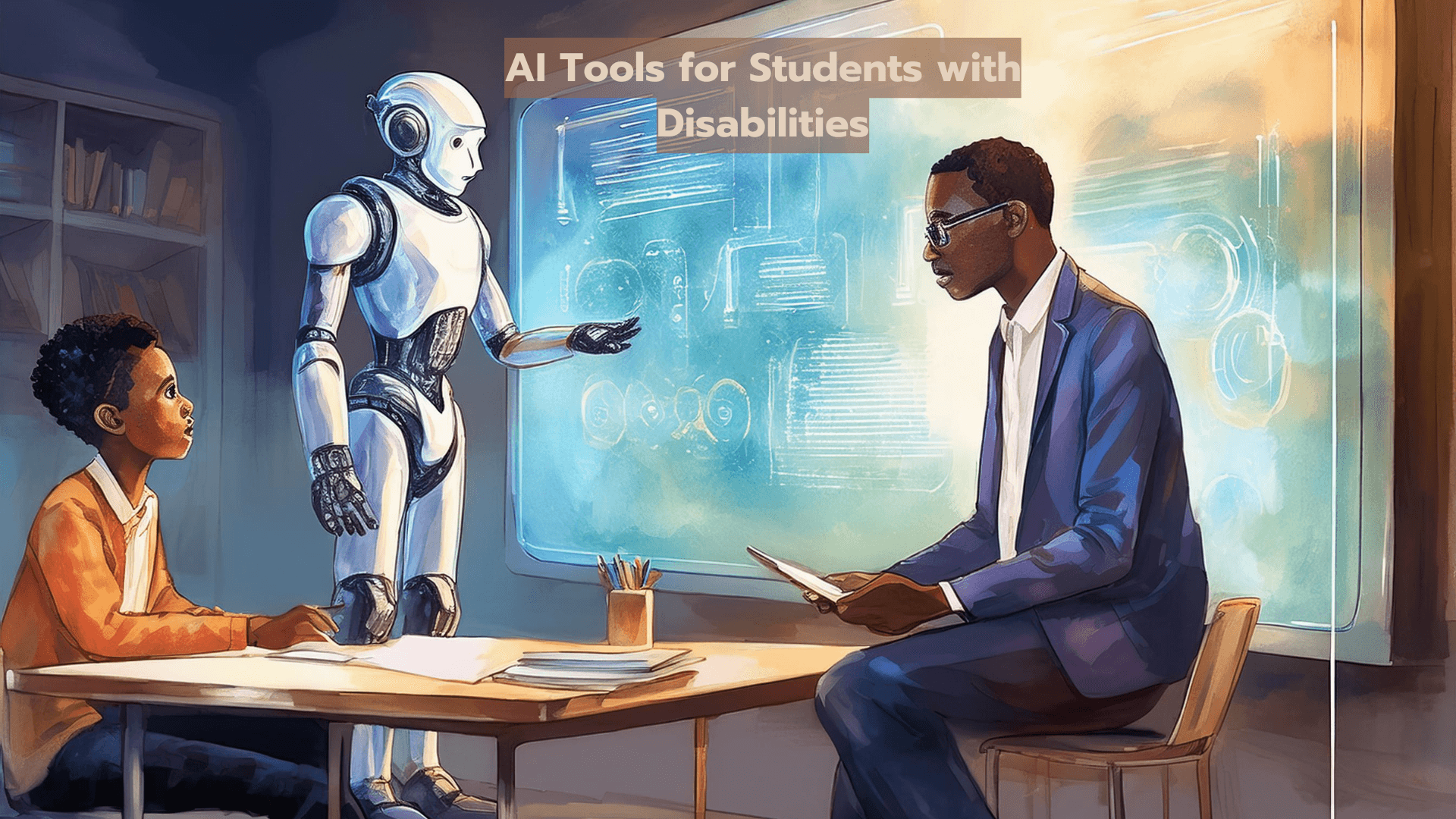

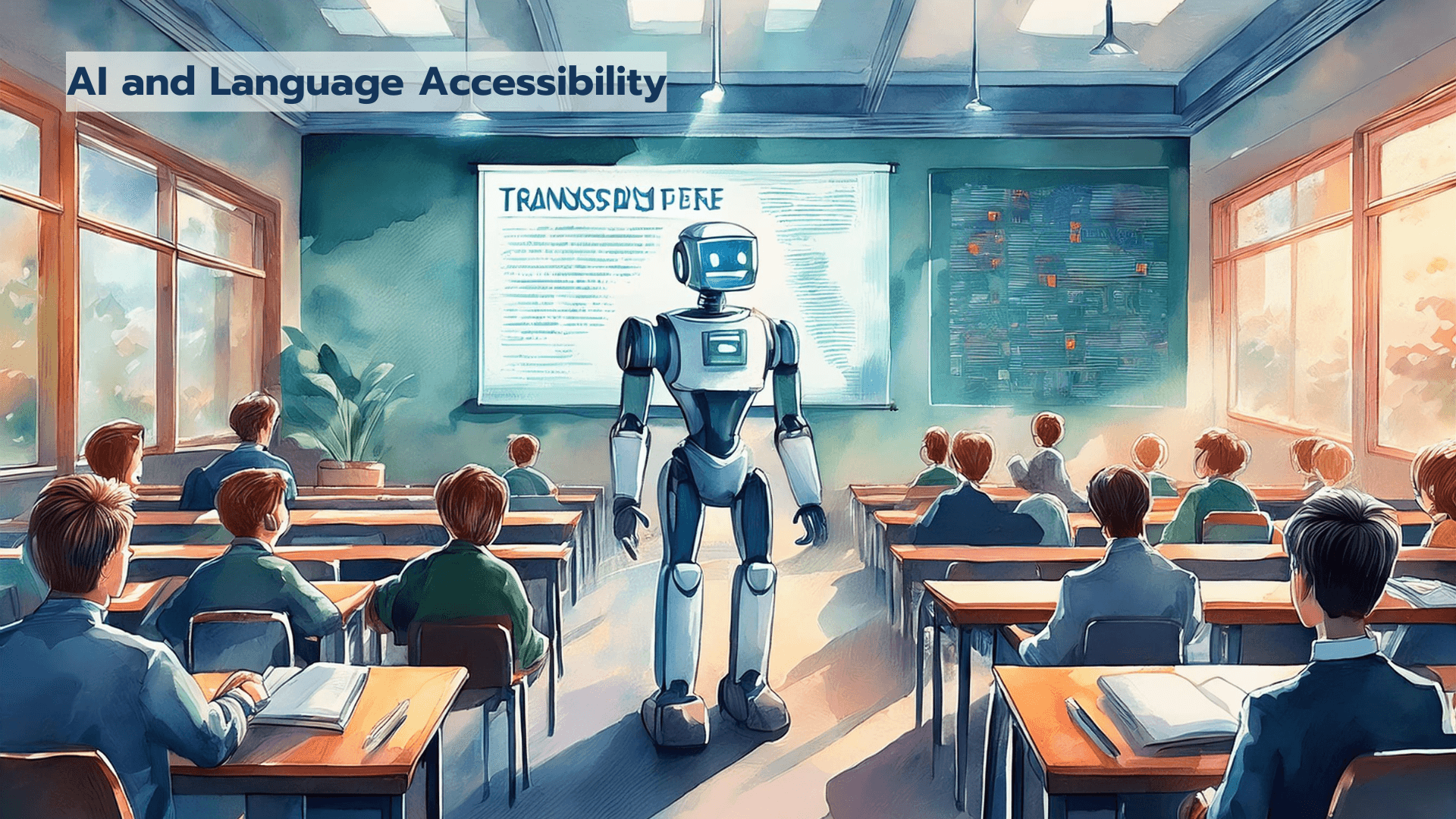

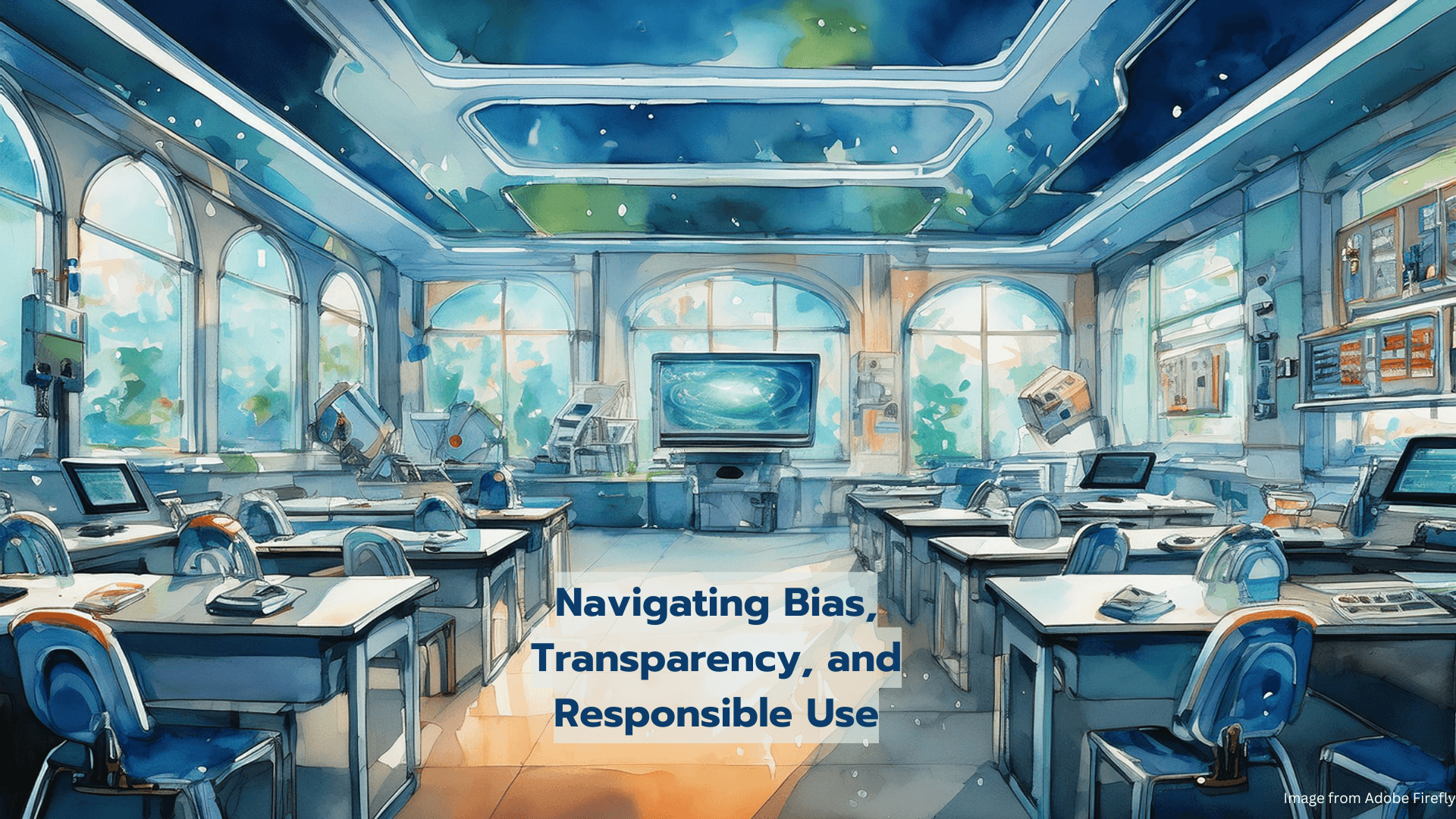

Artificial Intelligence (AI) is reshaping education, transforming how we teach, learn, and collaborate. From augmenting teachers to creating more inclusive classrooms, AI's impact is profound, offering both exciting opportunities and significant challenges. But where do we stand today? And what does the future hold for AI in education? Let's explore.
Where We Stand
AI is at the forefront of education technology. From online platforms that adapt to each student's needs to AI tools that support teachers with grading and lesson planning. The shift is happening quickly. Let's look at the numbers. A report by Helen IQ estimated that global expenditures on AI and education could surpass 6 billion by 2025. Schools are also increasingly adopting AI to not only streamline processes, but also enhance student learning experiences. While we'll talk about many specific tools and platforms throughout this article, I want to emphasize the point that AI is no longer a futuristic concept. It's already here and already shaping the way students interact with knowledge. AI tools like chat bots and learning management systems have even seen wide adoption during the COVID-19 pandemic, but this was just the beginning. These tools, such as OpenAI's GBT, Anthropic Claude or IBM's Watson, are now integrated into various educational institutions adapt to both in-person and remote learning environments.
Consider this: global spending on AI in education is expected to surpass $6 billion by 2025, according to HolonIQ. Schools are adopting AI to streamline processes and enhance learning experiences, making it clear that AI is no longer a futuristic concept—it's already shaping classrooms today.
Supporting Teacher in Creating Smarter Classrooms
One of the most immediate impacts of AI is its ability to assist teachers. Consider the time teachers traditionally spend grading assignments. AI tools like Gradescope have dramatically reduced the amount of time spent on grading by automating these processes. This not only saves time, but also provides more constant and unbiased feedback.
Think about lesson planning. AI can also aid in the generation of lesson plans or even quizzes based on material being taught, ensuring that educators spend more time interacting with students than preparing materials. Tools like Squirrel AI in China use data-driven approaches to create individualized lesson plans based on each student's learning style and previous performance.
Personalized Learning for Every Student
Imagine a classroom where every student has a personalized tutor. Adaptive learning platforms like DreamBox and Knewton make this a reality by adjusting lessons in real time to match each student's strengths and weaknesses. Studies show these tools can improve learning outcomes by as much as 20%, with students reporting higher engagement and satisfaction.
This individualized attention was once unimaginable in classrooms with 30 or more students, but AI makes it possible, ensuring that no student gets left behind. However, the most significant benefit may be in monitoring student performances. AI systems can track a student's progress throughout the school year and alert teachers when students might be struggling before they fail exams. This proactive approach gives teachers the tools to step in early and provide necessary support. How many teachers do you think would prefer to focus more on engaging with students rather than administrative work? AI aims to make that shit possible.
Streamlining Grading, Attendence & Other Routine Tasks
How many teachers do you think would prefer to focus more on engaging with students rather than administrative work? AI aims to make that shit possible. Beyond grading, AI has a tremendous impact on automating other routine tasks. Attendance tracking is now often done with facial recognition systems, and scheduling can be automated to accommodate the complex timetables of both students and teachers. Automated feedback systems also ensure that students receive immediate responses on their work, allowing them to improve faster.
Classroom management tools are rapidly evolving with AI. Imagine a system where a teacher no longer needed to manually take attendance and do administrative duties like filing paperwork or sending reminders. These all become handled by an AI assistant. This frees up hours of administrative work each week, giving educators the opportunity to engage more deeply with students. According to a study at GMI Insights, the global market for AI. AI administrative tasks is growing rapidly, particularly in countries with higher technological adoption rates like the US, South Korea, and China. Efficiency gains from this automation could reduce the need for administrative staff by up to 20%, potentially freeing up budget for other student-centered resources.
Personalized Learning Support
One of the most exciting possibilities in the frontier of AI education is the idea of personalized learning support. AI has the ability to adapt in real time to the needs of each individual student. Imagine a classroom where every student gets a lesson tailored to their strengths and weaknesses. This is now possible with platforms like Dreambox and NuNin. These adaptive learning platforms assess students' needs.
These adaptive learning platforms assess students' answers and adjust the difficulty to the question based on their progress. It's like having a tutor for every student in the classroom, constantly adjusting to their learning curve. This kind of individualized attention would be impossible for a single teacher provided to 30 or more students, but AI makes it feasible. Studies have shown that adaptive learning tools can improve learning outcomes by as much as 20%. Students who also use the tools report higher engagement and satisfaction with their learning.
AI Powered Classroom
AI doesn't just personalize learning. It transforms the entire classroom environment. From AI-powered smart boards that display real-time data to virtual tutors, these technologies make lessons more engaging and interactive. In project-based learning environments, students can use AI tools to analyze data, collaborate on assignments, and even manage their projects more efficiently. This provides an environment where more hands-on learning is allowed. Project-based learning has gained momentum in consumers, and AI is adding a new level of sophistication.
For example, AI can assist students in group projects by providing insights and predicting project outcomes. This isn't just about providing answers, it's about fostering critical thinking and collaboration between its students. In South Korea, AI tutors offer real-time support to students, helping them not only during classroom hours, but also after hours, providing homework assistance, additional practice material.
This AI-human collaboration is a game changer in both structured learning environments and less formal settings. What would a more interactive AI power classroom look like? Think about how AI could change daily interactions between students and teachers and classmates.
Improving Teamwork and Collaboration
AI also enhances collaboration on students. By offering real-time data and tools, platforms like Project PALS allow students to work together more efficiently. With AI-driven insights, students can now collaborate on large, research-heavy products with immediate access to data analysis, allowing them to make informed decisions faster. This expands beyond just classrooms where students meet together, but on a global scale. AI is expanding collaboration beyond the walls.
Tools like Google Classroom and Microsoft Teams have integrated AI functions that allow students across different time zones to collaborate seamlessly. These tools translate documents, offer real-time suggestions for improvement, even summarize long readings into digestible notes. We can look at how international students have used AI-powered collaboration tools to break down language barriers, allowing for a more inclusive global learning environment.
Students from different linguistic backgrounds now have the ability to work together more effectively. They no longer are at the same level. They no longer are stuck to the barriers of their four walls in their classroom, but can collaborate with students from across the world. How cool is that? One of AI's greatest contributions is improving accessibility for students with disabilities. For years, students with learning disabilities or even physical impairments have struggled to access the same educational opportunities as their peers. AI is changing that with tools like text-to-speech, predictive text, and speech recognition.
Making Education More Inclusive for All Students
Let's look at AI in special education. AI allows educators to design learning plans that are personalized to meet the needs of each student. For example, students with dyslexia can use text-to-speech tools that help them read.
While students with mobility impairments can dictate essays and assignments, these tools don't just provide access, they empower students to fully participate in their education. Recent studies have shown that AI-driven accessibility tools have improved participation rates among students with disabilities by 15%, giving them more independence and control over their education. This is a huge number considering AI is just becoming involved in education. Imagine in months, year from now, they also, AI tools have also made learning more inclusive, breaking down the barriers for students who have traditionally been marginalized and not given the same opportunities.
For students with disabilities, these AI-driven tools like speech recognition and adaptive learning platforms are transformative to the way that they learn. These technologies enable these students to access educational content that might have been inaccessible otherwise. For example, speech recognition tools allow students with speech disabilities to complete written assignments simply by speaking. While adaptive learning platforms help students with cognitive challenges adjust the pace of lessons to their needs. We can see this in a high school in Virginia. This high school has integrated AI-powered learning tools for students with autism, allowing them to engage within the curriculum in ways that suit their unique learning styles. Teachers reported a marked improvement in engagement and understanding as these students were able to learn at their own pace using AI to guide their progress.
Bringing Quality Education to Every Corner of the World
One of the most significant contributions is its ability to provide access to education in remote and underserved areas. With AI powered tools, students and rural communities can access the same level of education as those in urban areas. AI tools offer personalized learning experiences, remote tutoring, and even virtual classrooms, bridging the gap between these two worlds.
This isn't just happening in developed nations. AI powered learning platforms are being deployed everywhere, including in parts of Africa and Asia, where traditional educational resources are scarce. In India, for example, remote villages are now using AI powered systems to provide quality education to students who might not have access to it otherwise in formal schooling. This is changing the global educational landscape, making education more equitable, and it's bringing quality of education to every corner of the world. Imagine a world we live in where everyone has access to the same level of education and has access to the same knowledge. We're no longer just limiting that to people who have access to it, but it provides a whole new landscape for new ideas to be generated by these students.
AI's language tools are also breaking down the linguistic barriers around the world, allowing students to access educational content in native languages. This coincides with what we just talked about, about bringing these tools to places around the world. Automated translation systems and language learning platforms make it so much easier for students in non-native language settings to fully participate in their education. Tools like Duolingo and Google Translate powered by AI are now commonplace in classrooms around the world. These tools help students learn new languages, translate content in real time, and make sense of difficult material. In multilingual classrooms, AI helps teachers automatically translate lectures or assignments, which allows every student to follow along in their preferred language and engage in the material and learn it in the way that best fits them. When international students go to a new place, they no longer have to spend the time learning the new language.
Hurdles to Clear
As exciting as these innovations are, we must also acknowledge the challenges in implementing AI in education. One major issue is the digital divide. Students in low income or rural areas often lack access to the technology needed to benefit from these AI tools. This exasperates existing inequalities. Additionally, ethical concerns around data privacy, algorithmic bias, and the potential for AI to reinforce stereotypes must be addressed. AI systems are only as unbiased as the data that they are trained on. Unfortunately, biased data can result in biased outcomes. For example, AI grading tools have been shown to sometimes favor students from certain demographic groups over others.
The ethical challenges of AI go beyond simple bias. There are also concerns about the use of student data, the role of human oversight, the transparency of these AI systems. We must ensure that AI tools used in classrooms are transparent and that there is accountability for their use. There is a huge need for human oversight. While AI can provide incredible insights, it should not act alone. Teachers must remain central to the learning experience, providing context, guidance, and human touch to students, lessons, and education that AI cannot replicate. Human oversight ensures that AI does not perpetuate harmful biases or make decisions that negatively impact students.
One of the biggest things that this is in education that is a huge concern is the fact that if we're talking about primary education or kids in elementary schools, are they having the same access to AI tools that, say, a collegiate student would be having? Are they being granted access to these? What is the monitoring on their use of these? Especially when we're talking about generative AI and all of the biases that come out in it as well as the questionable content or maybe more adult structure content. We need to be taking this into careful consideration before implementing these into educational systems. However, it will do a great deal to help them learn and grow into the students that they were meant to meet.
Embracing the AI-Powered Future
While AI holds incredible potential to revolutionize education, we must also be thoughtful and responsible in how we implement it. AI should compliment, never replace human interaction. The future of education lies in a balanced partnership between human expertise and AI innovation.
As AI continues to evolve, its role in education will expand, offering new opportunities for students and educators alike. Let's make sure that we harness this potential responsibly. AI can do amazing things, but it's how we choose to use it that will ultimately define its impact on education and anything else in the world. Thank you.
Citations
AxonPark. (n.d.). AI in education &emdash; 10 case studies. AxonPark.
Brookings Institution. (n.d.). AI and the next digital divide in education. Brookings.
Carnegie Learning. (n.d.). 5 adaptive learning examples duplicating their success. Carnegie Learning.
EDUCAUSE. (n.d.). The impact of AI in advancing accessibility for learners with disabilities. EDUCAUSE.
EDUCAUSE. (n.d.). The future of AI in higher education. EDUCAUSE.
Forbes. (n.d.). The biggest education trends of the next 10 years. Forbes.
GMI Insights. (n.d.). AI-driven administrative tasks in education. GMI Insights.
Holberton School. (n.d.). AI in higher education: Learning at the speed of AI. Holberton School.
MIT Sloan. (n.d.). Teachers embrace AI grading, but caution remains. MIT Sloan.
National Institutes of Health. (n.d.). The role of AI in personalized learning and development. NIH.
Netguru. (n.d.). AI in education: How AI is revolutionizing classrooms. Netguru.
Oak National Academy. (n.d.). AI in schools: Case studies. Oak National Academy.
Squirrel AI. (n.d.). AI-powered classrooms: The future of learning environments. Squirrel AI.